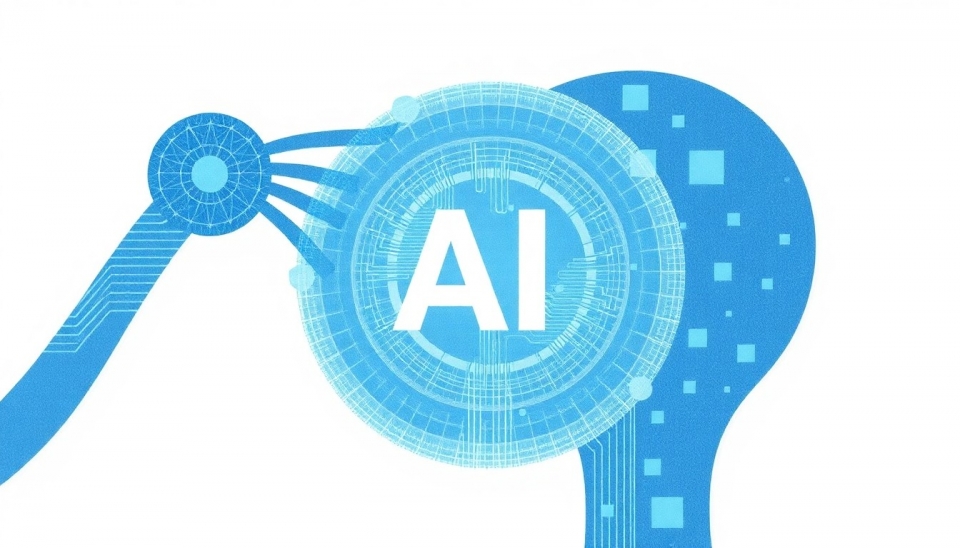
The proliferation of artificial intelligence (AI) technologies is reshaping industries and workplaces across the globe. As businesses of all sizes rush to harness the benefits AI provides, a crucial question emerges: how exactly does AI influence productivity? Despite the increasing investment in these technologies, assessing the direct impact of AI on productivity remains a daunting challenge for economists, analysts, and business leaders alike.
One fundamental issue in measuring AI's effects is the multifaceted nature of productivity itself. Traditional metrics may not be fully equipped to evaluate the nuanced changes brought about by AI. For instance, as companies integrate AI systems, the improvements may manifest in areas that are difficult to quantify. Gains in efficiency, process optimization, and decision-making speed may not immediately correlate to heightened output in a straightforward manner. Therefore, the true impact of AI on productivity may appear obscured when viewed solely through conventional lenses.
Moreover, the varied implementation of AI technologies across different sectors and organizations adds another layer of complexity. Manufacturers might experience a different kind of productivity boost compared to service-oriented companies. Additionally, the stages of AI adoption—including initial experiments, scaling successful pilot projects, and full implementation—can cause discrepancies in productivity assessments. Time lags also play a significant role; immediate gains may be overshadowed by initial integration struggles, delaying an accurate reading of AI’s advantages.
AI is not a one-size-fits-all solution. Different industries face unique challenges that influence how they leverage AI capabilities. For example, sectors like healthcare may benefit from AI through more accurate diagnostics and improved patient management systems. In contrast, the retail industry might see enhanced inventory management and personalized marketing efforts. This diversification means that drawing general conclusions about productivity gains from AI can be misleading.
Another critical aspect to consider is the human element intertwined with AI adoption. The introduction of AI can lead to significant changes in workforce dynamics, altering jobs and creating new roles that didn't exist before. While AI can automate repetitive tasks, it also necessitates a workforce capable of managing, overseeing, and augmenting these technologies. As such, productivity must not only be measured by output but also take into account the qualitative aspects of work and employee satisfaction, which can indirectly influence overall productivity.
Furthermore, the current economic landscape, characterized by volatility and rapid change, complicates the measurement process. External factors, such as supply chain disruptions, inflation, and varying consumer demands, can skew productivity statistics, making it challenging to isolate AI's contribution. These contextual elements highlight the need for a more holistic evaluation approach that considers both technological advances and broader economic indicators.
To tackle these challenges, experts suggest that businesses and researchers adopt more sophisticated methodologies for measuring AI’s impact. This could include the use of longitudinal studies that track productivity changes over extended periods or the deployment of advanced analytics to uncover patterns that are not immediately apparent. By doing so, stakeholders will be better equipped to understand the intricacies of AI’s productivity effects and guide future investments in technology.
In conclusion, while it is evident that AI has the potential to enhance productivity significantly, accurately measuring its effects requires a nuanced understanding of various factors at play. As companies continue to navigate this evolving landscape, developing robust measurement frameworks will be essential to unlocking the full promise of artificial intelligence.
#ArtificialIntelligence #Productivity #Economics #BusinessInnovation #AIMeasurement #TechnologyImpact #WorkplaceTransformation
Author: Emily Collins




